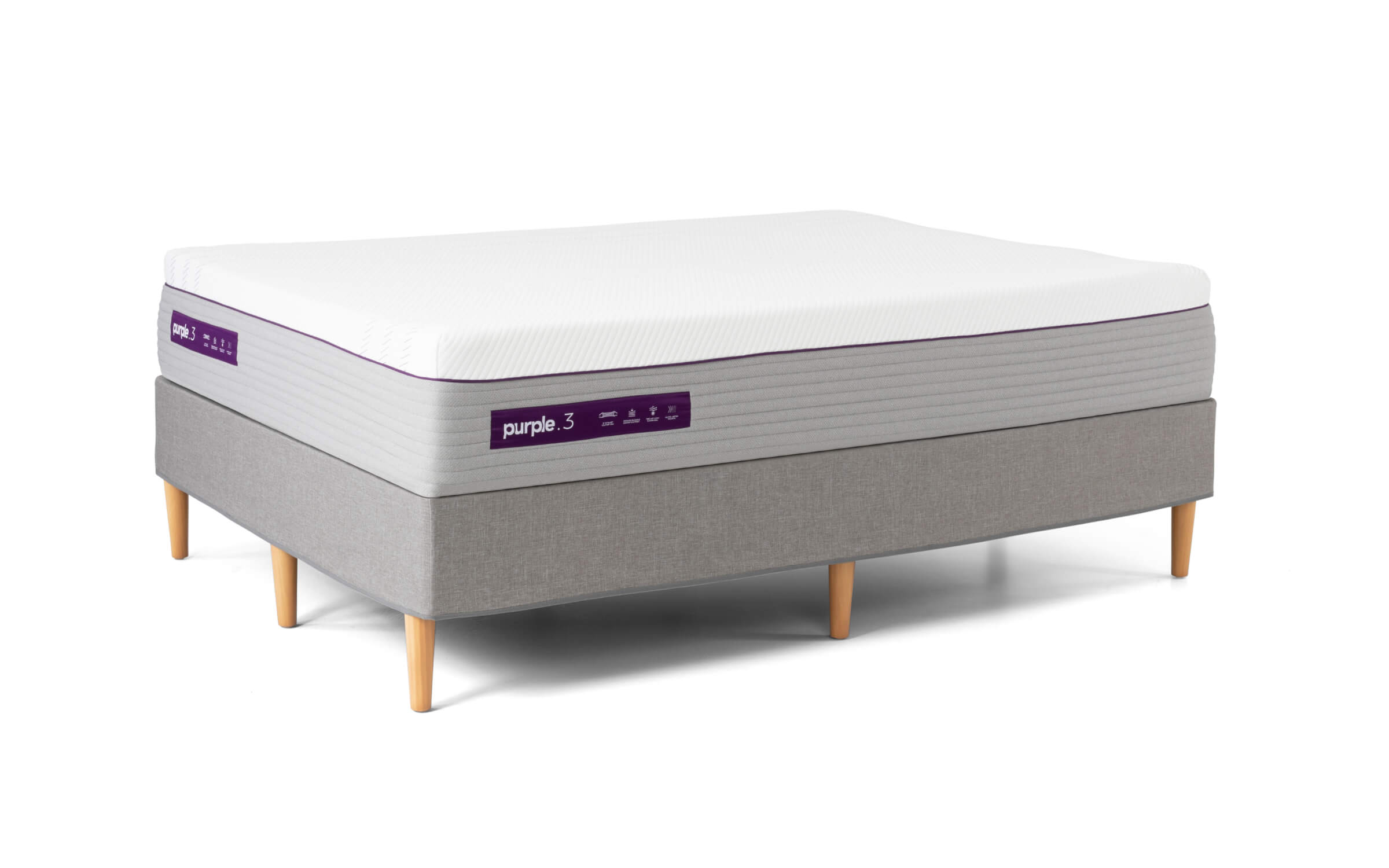Puffy Lux Hybrid | Award-Winning Memory Foam Mattresses
Shop the Puffy Lux Mattress Hybrid, ranked Best Mattress 2022. Experience our unique cooling comfort layers, along with contour-adapt coils for added support.
101-Night Sleep Trial
It’s important to sleep on your mattress before you decide you like it. Our 101-night sleep trial lets you do just that. If you are not satisfied with Puffy, you can return the mattress for free and get a full refund.
Lifetime Warranty
Ships Free In 2 – 5 Business Days
Experience luxurious comfort shipped straight to your door within 2 – 5 business days. If you don’t love it, we’ll pick it up for free and give you a 100% refund.
Works With Any Bed Frame
Puffy Lux Hybrid Mattress will sit perfectly on any type of flat surface. This includes box springs, flat frames, slats, and adjustable frames. Looking for a new bed frame? Explore the Puffy Bed Frame or the Puffy Adjustable Base.
Safe For Sensitive Sleepers
Innovative 6-Layer Sleep System
We’ve developed our sleep system alongside industry experts to deliver the perfect night’s rest. Experience optimal airflow and pressure relief with the Puffy Lux Hybrid, designed for sleep that’s equally comfortable and supportive.
Optimized For Airflow
Foam Feel With Spring Support
Experience Total Pressure Relief
Perfect For Sleepers With Back Pain
Unique Stain-Resistant Cloud Cover
The Puffy Lux Hybrid Mattress has a Stain-Resistant Cloud Cover that you can zip-n-wash. Easily deep clean the cover at home to remove dirt and germs that build up from regular use.
We also guarantee quality – our mattress covers are made with premium materials manufactured in the USA.






by Jeff
My daughter and son-in-law own a 10” Puffy and every time my wife and I would lie on it to read a good night book to our granddaughter we always commented how comfortable it was. Then recently we needed a new mattress, chose the 12” Puffy Lux and absolutely love it! Thanks
by Rebecca
I love my Puffy mattress. I was skeptical, but it is like sleeping on a cloud. I’m so happy with it!!
by Davie
After researching the available “box” mattresses, reading reviews and comparing, we decided on the Puffy king-size mattress. We have slept on our Puffy for a little over 2 months and my wife and I can honestly feel a difference in the quality of sleep we are getting. Our previous mattress was a Se**a euro pillow-top, about 18″ thick, and very heavy. We frequently found ourselves tossing and turning during the night, not being able to go back to sleep and making those days rough, to say the least. This Puffy mattress has been a great purchase for us. It provides great support, and feels cool and comfortable. I would recommend and purchase again.
by Laura
I have been dealing with hip problems since the birth of my son last year, and with being a side sleeper, I couldn’t bear my old mattress (which was only 3-4 years old). After a lot of research I landed on the puffy luxe. It really does help my hips! It didn’t get rid of the pain but I’m no longer tossing and turning all night long. My husband is double my size, and a back sleep er and loves it too. I would highly recommend!
by Renee
After a lot of research on mattresses, I ordered a king size mattress from Puffy. We went from a queen size to a king and we both sleep so much better. It’s harder to get out of bed in the morning now with the comfort of our mattress.
by Susan
Did you ever wonder what it would be like to sleep on a giant marshmallow? Well, that is what sleeping on a Puffy feels like. There’s support where you need it, but nothing pinches or pokes back at you. It was a terrific decision. You won’t be disappointed.
by Suzanne
Wow! The best mattress I’ve ever had! I have back problems, and sleeping on this mattress has me sleeping better and waking up refreshed with no aches and pains. It cradles your body like a cloud.
by Sandra
At first I wasn’t sure if I would like it. Never bought anything like before and had a traditional bed but after having it for a few months and being on the heavy side – I love it.
by Mary
My Puffy arrived in perfect condition and we opened the box right up rolled it out on the bed just like Puffy said. Everyone says it is so comfy for a good nights sleep.